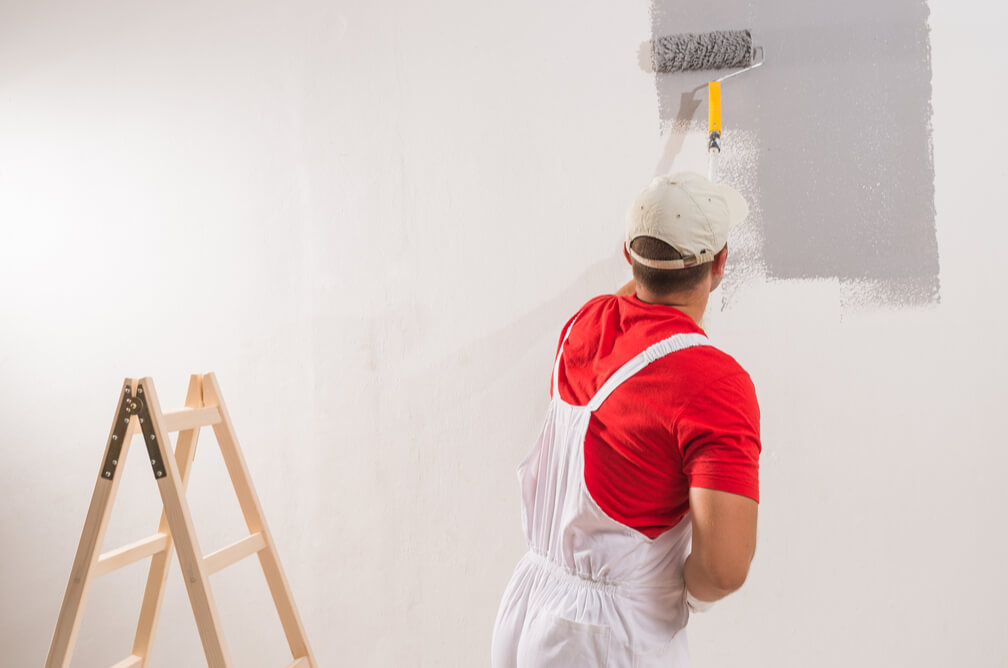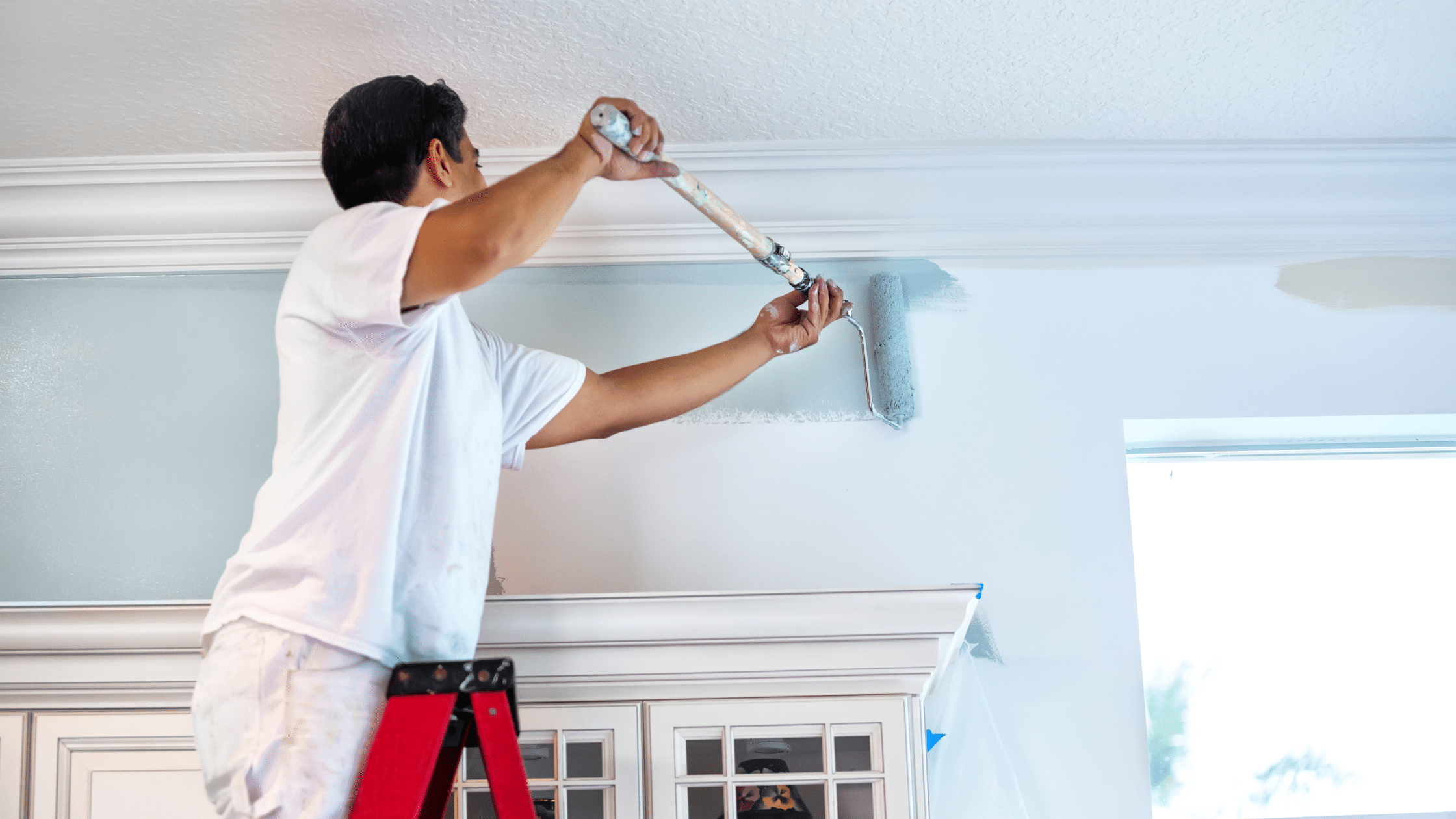Color Consultation in Lakewood: Expert Advice for Perfectly Coordinated Interiors
Color Consultation in Lakewood: Expert Advice for Perfectly Coordinated Interiors
Blog Article
Enhance Your Interior Design With Comprehensive Shade Appointment
The assimilation of shade examination into indoor style presents an unique chance to refine and boost the visual and emotional vibration of a room. By engaging with an experienced shade professional, you can navigate the complexities of color selection, ensuring that your selections not only enhance architectural attributes but also reverberate with personal design and psychological impact. This critical partnership can significantly affect the total atmosphere of your setting, fostering a feeling of consistency and function. Comprehending the subtleties of this procedure is important-- what crucial facets should be considered to accomplish optimum results?
Benefits of Shade Examination

Additionally, shade appointment aids in making the most of natural light and enhancing spatial understanding. Lighter tones can make a space show up even more large, while darker tones develop an intimate setup. Cleveland Metro Painting Specialists. This calculated application of shade can considerably influence the general atmosphere of any type of indoor space
Additionally, professional consultants possess a comprehensive understanding of classic classics and present fads, making certain that the picked shades will stay enticing over time. This insight can conserve clients from costly redesigns in the future. Finally, shade appointment encourages customers by supplying them with a clear vision and direction, fostering self-confidence in their design choices and eventually bring about a much more enjoyable and successful interior decoration end result.
Understanding Shade Psychology
The importance of shade psychology in interior decoration can not be overstated, as it looks into the psychological and psychological impacts that numerous shades can stimulate in individuals. Colors can influence state of mind, behavior, and even performance, making them an essential consideration in any layout project.
As an example, cozy colors such as red, orange, and yellow are usually connected with power and warmth. They can promote sensations of excitement and comfort, making them appropriate for social rooms like living rooms or kitchen areas. On the other hand, trendy colors like blue, environment-friendly, and purple often tend to evoke calmness and harmony, making them ideal for rooms or meditation areas.
Furthermore, using neutral tones can develop a well balanced setting by permitting the bolder shades to stand apart without overwhelming the senses. Comprehending these mental effects enables developers to develop rooms that not only look aesthetically pleasing however likewise advertise psychological wellness.
Integrating color psychology right into indoor layout involves a thoughtful selection of hues tailored to the intended function of each space, inevitably boosting the total experience for its residents. This awareness is vital for accomplishing a functional and harmonious indoor atmosphere.
The Color Wheel Discussed
Understanding the relationships between hues is essential for reliable indoor style, and the shade wheel works as a beneficial device in this process. The shade wheel, established by Isaac Newton in the 17th century, illustrates the spectrum of colors arranged in a round format. It consists of primaries-- red, blue, and yellow-- that can not be created by blending other shades. Additional shades, developed by combining primary shades, include environment-friendly, orange, and purple. Tertiary colors result from blending a main and an additional shade, resulting in hues such as red-orange and green.
The color wheel assists developers realize the relationships between colors, including corresponding, similar, and triadic plans. Complementary colors, positioned opposite each other on the wheel, produce lively contrasts that can stimulate a room.
Making use of the shade wheel in indoor design not only enhances visual allure yet additionally stimulates specific emotions and ambiences, making it a critical referral for shade examination. Comprehending these relationships eventually encourages designers to create spaces that are both functional and aesthetically exciting.
Selecting the Right Palette
A well-chosen shade scheme can combine an area, enhance its attributes, and evoke wanted emotions. Various rooms offer varied features and require schemes that show their intended use; for instance, serene colors such as soft blues or greens work well in bedrooms, advertising leisure.
Next, think about the all-natural light readily available. Light can drastically alter just how colors appear, so it is look at here now necessary to examine the area at different times of the day. In addition, consider existing architectural components and furnishings. More Help A harmonious palette needs to complement these functions, producing a natural look throughout the area.
When choosing shades, make use of the 60-30-10 regulation, which suggests that 60% of the space ought to be a dominant color, 30% an additional color, and 10% an accent color. This ratio makes sure equilibrium and aesthetic passion (Cleveland Metro Painting Specialists). Sample colors on the wall surfaces prior to dedicating, as this enables you to see exactly how the shades communicate with one another and the overall atmosphere they develop in your interior style job.
Functioning With a Color Expert

When dealing with a color professional, the procedure generally begins with a preliminary examination. During this meeting, you'll discuss your vision, preferences, and the existing components in your space. The consultant will evaluate your needs and may advise certain shade combinations that line up with your goals.
After developing an instructions, the expert will certainly provide examples and visual aids to help you picture the recommended color design. This step is important, as shades can show up differently under differing illumination problems.
In addition, a color consultant can guide you in selecting complementary furnishings, art work, and accessories to integrate with your selected palette. By collaborating closely, you can attain a refined visual that raises your insides and produces a welcoming atmosphere. Inevitably, the knowledge of a shade specialist can significantly boost the overall effect of your design job.
Conclusion
In summary, comprehensive color examination offers as an click for source essential tool for enhancing interior design. By leveraging professional understanding of shade psychology and spatial characteristics, a customized shade combination can be established to evoke particular emotions and create a harmonious environment.
By engaging with a seasoned color expert, you can browse the intricacies of color choice, making sure that your options not only complement building attributes yet additionally reverberate with individual style and psychological impact. It makes up key shades-- red, blue, and yellow-- that can not be created by blending other colors.The shade wheel assists designers understand the connections between shades, including complementary, comparable, and triadic plans.When choosing colors, make use of the 60-30-10 regulation, which recommends that 60% of the space should be a dominant shade, 30% a second color, and 10% an accent shade. By leveraging professional knowledge of shade psychology and spatial characteristics, a customized shade palette can be created to evoke specific feelings and produce an unified environment.
Report this page